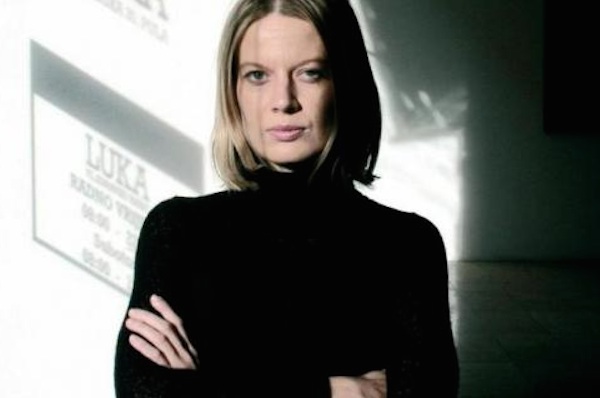Art
Q&A with ‘Notes on Undoing’ curator, Branka Bencic…
The exhibition focuses on the theme of ‘undoing’, whether undoing the image, undoing narrative, undoing structures, and so forth. How did you first conceive of the theme for the exhibition?
BB: The show reveals itself through multiple perspectives and artistic positions, undoing the contexts and methodologies of contemporary artistic practices: undoing images, undoing narratives, undoing objects, undoing structures, undoing bodies, undoing history… Artistic positions engage with issues of (re)presentation, structure and construction of the work of art, or the act of “exhibiting” itself, pointing to the tensions between the observer and the observed, exploring spatial relationships and interactions between objects – as seen in the work of Igor Eškinja, Vlatka Horvat, Viktor Popovic, Marko Tadic. First decade of the 21st century has produced an artistic language of fragments, debased and precarious forms, images and objects. Artists work through tensions, fractures, contingencies and potentiality, reflect and confront the contemporary moment.
The work being shown varies in style and format, from Zlatko Kopljar’s K16 video to Tina Gverovic’s delicate drawings. Can you elaborate on the common thread between these multiple perspectives and some of the connections between individual works?
BB: The works at the exhibition develop through different media – video, photography, installation, drawing, sculpture/object – and turn the invisible and hidden into the visible, indicating the „construction“, the dismantling, stageing, reminding us of the artificial, constructed character of the medium/work of art/exhibition, built environment or representation. In this way Igor Eskinja’s work creates a dialog between the photograph and the exhibition space, the works of Tina Gverivoc present stories about construction. With drawings she sketches different scenes and constructions to indicate instability, fleetingness, fragility. Vlatka Horvat’s works enact perturbations, repetitions and (re)arrangements in order to create new meanings, new forms. Dino Zrnec engages with the ontology of painting, taking into consideration the canvas both as a surface and an object. K16 (2012) by Zlatko Kopljar represents a figurative scene – it is structured around the central scene showing a man digging a seemingly bottomless hole. The hole, the abyss, the absurd, the futility, the open-endedness and the incompleteness, are set as the central points of interest. Similar egsistential feeling there is in a «hopscotch» performed by Ljiljana Mihalhevic. Marko Tadic appropriates visual imagery from 50s and 60s, Očko is in line with developments of collage and conceptual art, Igor Grubic has a poetic and documentary approach on society and working class.
How does the work in “Notes on Undoing” relate to contemporary art practice in an international context?
BB: The artists relate to certain issues, research and developments of contemporary art both in Croatia and international context. The artists included in the exhibition have exhibited in galleries and public institutions in Europe, and already had an international exposure. And everyone is happy about the opportunity for a showcase in New York art scene. Also, recent years we have seen emerging a broad international interest for conceptual artistic practices from 60s and 70s in Croatia. Not understood in a direct, literal way, this exhibition may represent the continuity of artistic process mapping current shifts and transformations of ideas and artistic language. The exhibition brings together different artistic positions that engage with conceptual procedures and subjective imagination. The works try to set up certain relationships by exploring the tensions and cracks in the usual dominant assumptions and visible narratives.
Notes on Undoing runs until December 20th at Garis and Hahn, 263 Bowery, New York City.







